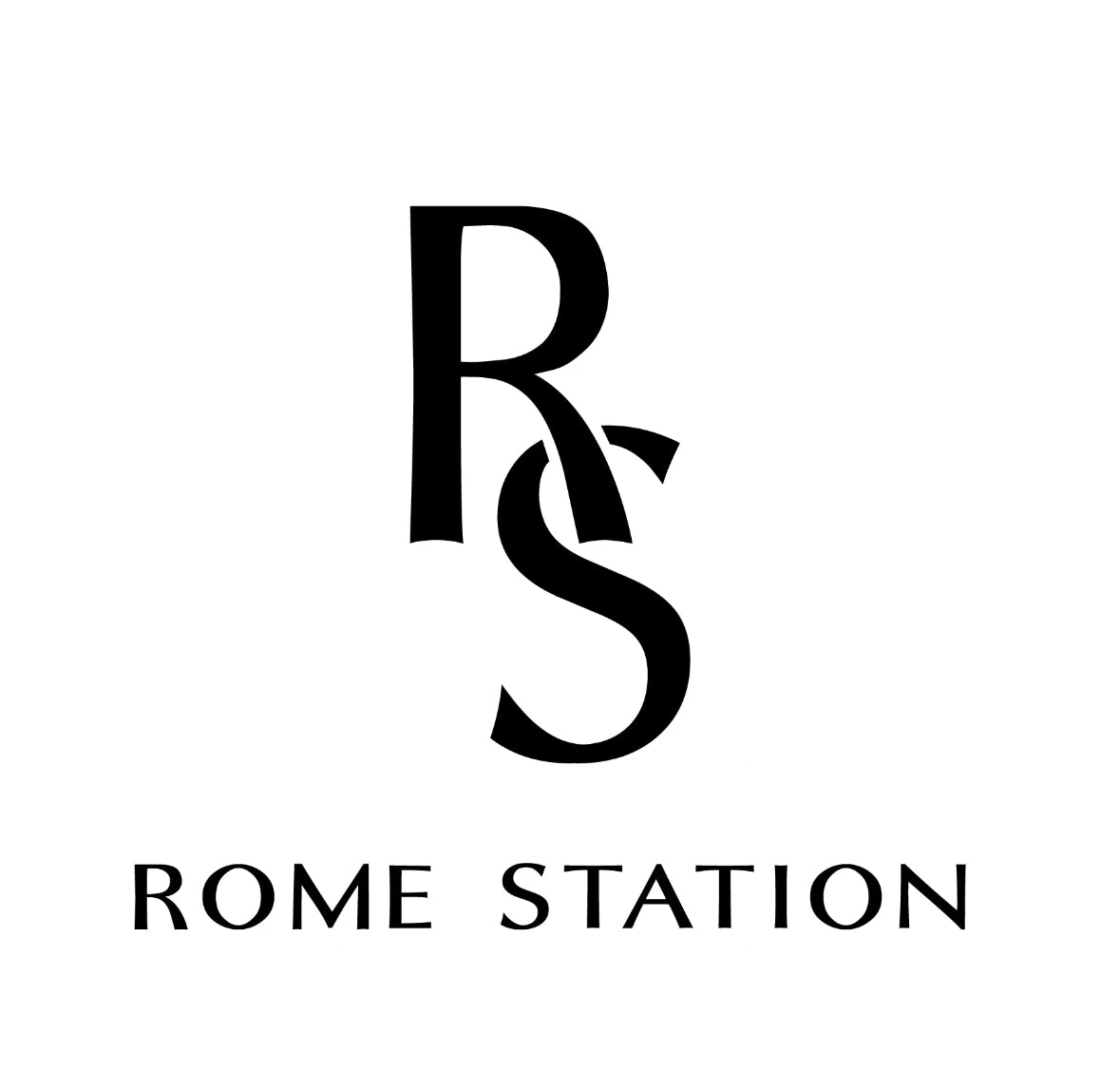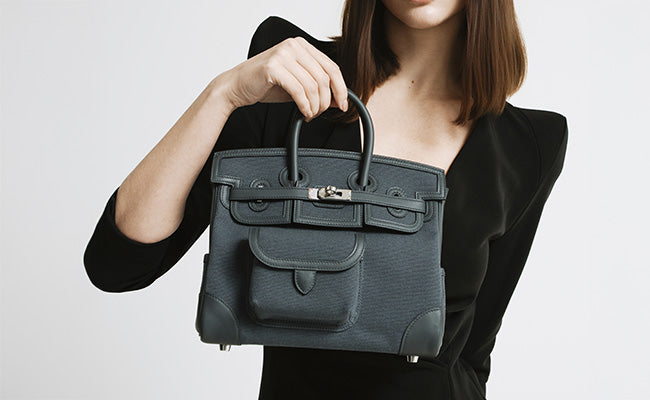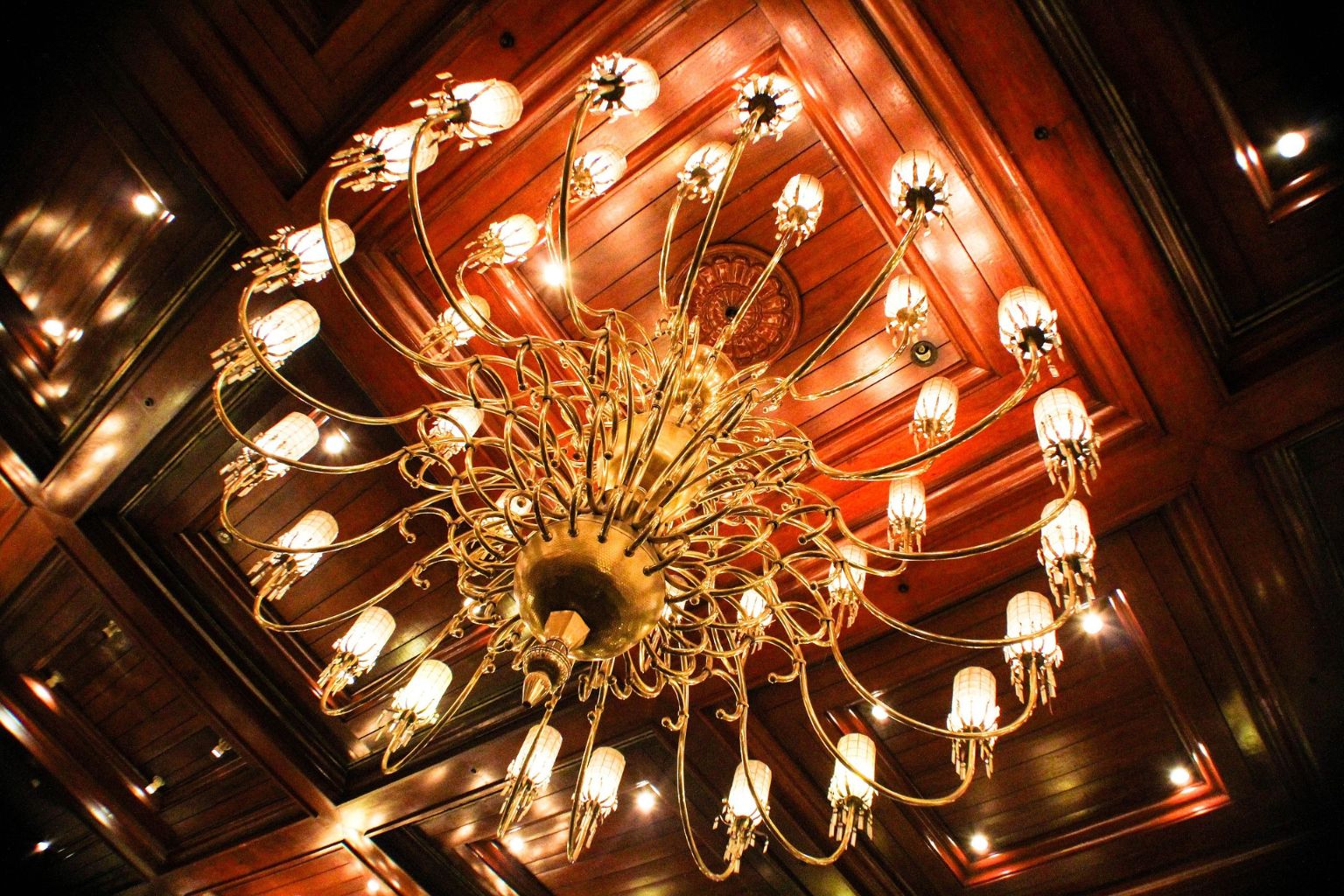
Superfakes Explained: Why Easy Tests Sometimes Fail
Check out our Hermès collection and Birkin bags!
Spotting a fake designer bag used to be straightforward. Uneven stitching, odd logos, low-quality materials were obvious giveaways. Now, the game has changed, and authenticators are struggling to keep up.
Modern superfakes have evolved to defeat traditional authentication methods by replicating everything from accurate serial numbers to high-quality materials and precise construction techniques.
These counterfeits come with receipts, tags, and packaging that look so real, even seasoned collectors get fooled. Counterfeiters have essentially reverse-engineered the entire authentication process.
If your usual tricks for spotting fakes are not working, you are not alone. Even professionals are getting tripped up by the quality of these replicas. So what is happening?
Let us explore why tried-and-true authentication methods keep failing and what new tactics are emerging to keep pace with these almost-perfect copies.
Key Takeaways
- Superfakes use high-end materials and advanced manufacturing, making old-school visual checks nearly useless
- Professionals now need forensic-level technology, like spectroscopy and chemical testing, to spot the best fakes
- Counterfeiters systematically copy serial numbers, hardware, and packaging with remarkable accuracy
The World of Superfakes
Superfakes are the most convincing counterfeit luxury goods ever seen. They are made with advanced technology and obsessive attention to detail, right down to the microscopic level. Even experts get deceived.
Defining Superfakes in Luxury Goods
Superfakes are counterfeit luxury items that come shockingly close to the real thing. Forget the old knockoffs with obvious mistakes; these focus on perfecting every detail.
The difference lies in the build. Older fakes used poor materials and sloppy construction. Superfakes use materials that nearly match authentic goods. Some even source from the same suppliers as genuine brands.
What makes a superfake?
- Accurate serial numbers and date codes
- Realistic weight and hardware finish
- Correct stitching and leather grain
- Packaging and dust bags that appear authentic
These items are not cheap to produce, sometimes costing hundreds of dollars per piece. That investment allows them to pass basic tests that used to catch fakes.
Evolving Techniques Behind Superfake Creations
Counterfeiters today use reverse engineering and high-tech imaging to analyze real products. They examine every thread, hardware specification, and construction method under a microscope.
Factories producing superfakes have quality control almost on par with authentic brands. Skilled workers understand luxury construction thoroughly and maintain consistency across batches.
Their toolkit includes:
- Precision machines for stitching and embossing
- Proper leather processing equipment
- Hardware manufacturing that rivals luxury brands
- Databases for tracking serial numbers and production dates
They maintain records of production details and authentication markers, making their fakes internally consistent and harder to detect.
Some even replicate holograms and proprietary hardware, a significant leap from the sloppy counterfeits of the past.
Why Superfakes Fool Both Experts and Tests
Traditional authentication relied on quick visual and tactile checks. That no longer suffices. Superfakes replicate all obvious markers simultaneously.
Visual inspections fall short because superfakes mimic the touch and appearance of genuine luxury goods. Even seasoned collectors struggle to differentiate them.
Major challenges:
- Copying security features with remarkable precision
- Using materials that age and feel authentic
- Perfecting serial numbers and formatting
- Producing packaging and cards that appear legitimate
Superfakes might pass initial tests but fail under deeper scrutiny, such as spectroscopy. A single test is no longer enough. Authenticators must combine multiple methods, as no single approach catches everything.
The Allure and Risks of Easy Authentication Tests
Most people want quick answers. However, easy tests are no match for today’s superfakes and can lead to costly mistakes.
Popularity of Quick Authentication
People crave shortcuts. Who wants to spend hours researching when a 30-second check promises certainty?
Social media promotes quick tips. Platforms like Instagram and TikTok are filled with instant authentication hacks that gain popularity. They offer the illusion of certainty with minimal effort.
Online shopping exacerbates this. Luxury purchases are made from phones, based on a few photos. Quick tests seem like the solution.
Authentication apps provide instant verdicts from a photo. It is tempting, as who does not want immediate peace of mind?
Common 'Too-Easy' Tests Used for Luxury Items
Several supposedly foolproof tests persist, but superfakes bypass them easily.
Serial number checks remain popular. People believe matching a serial number confirms authenticity. However, counterfeiters now use real serial numbers, rendering this check ineffective.
Dust bag quality tests used to identify cheap fakes. Superfakes include dust bags that match the quality of originals.
Price checks, assuming low prices indicate fakes, are unreliable. Stolen goods, samples, and strategically priced counterfeits undermine this method.
| Test Type | Why It Fails |
|---|---|
| Font inspection | Superfakes replicate fonts exactly |
| Hardware weight | They use high-quality metals now |
| Stitching patterns | Modern fakes match authentic stitching |
Pitfalls Shoppers Should Know
These easy tests create a false sense of security. The biggest risk is false confidence. When a simple check indicates authenticity, people stop investigating.
Counterfeiters know the common tests. They ensure their products pass these, cutting corners in less obvious areas. This results in fakes that pass basic checks but fail under thorough scrutiny.
Sample size is another issue. Many quick tests are based on limited examples and do not account for legitimate variations across years or regions.
Confirmation bias is a factor. If someone wants a bag to be authentic, they may overlook shaky evidence.
Many tests rely on outdated information. What worked five years ago is ineffective now, as the counterfeit industry evolves faster than most guides.
How Superfakes Outsmart Simple Examinations
Superfakes succeed because they are designed to pass the basic, predictable tests most people use. Even some retailers get deceived.
Limitations of Surface-Level Checks
Most people checking a luxury bag focus on the logo, stitching, and hardware. Superfake makers have mastered these details.
They source leather from the same tanneries as authentic brands. Hardware is sometimes produced in the same factories. Serial numbers? Perfectly formatted.
Traditional checks, like examining stamps or lock mechanisms, are no longer reliable. These fakes pass the tactile test, with leather as soft and heavy as the real thing.
Even professional resellers get fooled by superfakes costing $800 to $1200 to produce. These are not the $50 knockoffs from street vendors.
Examples of Superfakes Passing Standard Tests
Authentication apps often approve superfakes. There have been cases where counterfeit bags fooled multiple AI authentication services.
Serial number databases are compromised when counterfeiters use numbers from genuine bags. They study sold listings and replicate legitimate numbers on their fakes.
Even boutiques are misled. Some superfakes have been accepted for repair at official stores, with staff beginning processing before catching discrepancies in internal systems.
Professional authentication services report that superfakes now account for 15 to 20 percent of their rejections. These would have passed basic checks a few years ago.
The quality is so high that authenticators must examine microscopic details, such as thread material and hidden construction methods, which were previously irrelevant.
Why Authenticity Tests Sometimes Fail
Even the best authentication methods can miss superfakes, usually due to flawed tests or human and equipment errors.
Oversimplified Question Design
Many tests use criteria that superfake makers have already mastered. Old checkpoints like stitching, hardware weight, and serial numbers are no longer sufficient.
Common oversimplified tests:
- Counting stitches
- Magnet tests on hardware
- Date code lookups
- General leather feel
Superfake makers use the same suppliers as luxury brands. A counterfeit might feature authentic leather and high-quality hardware, making material checks unreliable.
Apps and guides focus on easy-to-replicate features, missing subtle details like unique leather grain or aging characteristics.
What actually works?
- Advanced material analysis
- Microscopic construction checks
- Knowing brand-specific quirks
- Understanding production history
These basic tests foster false confidence. A superfake may pass every simple check, but the test itself is inadequate.
Examiner and Equipment Issues
Human errors and faulty equipment frequently disrupt authentication. Even professionals miss details when rushed or using inadequate tools.
Equipment problems:
- Poor lighting obscures color differences
- Low-resolution cameras miss fine details
- Insufficient magnification for close inspections
- Inconsistent measurement tools
Many services handle hundreds of items daily, leading to rushed checks and overlooked red flags.
Fatigue is a factor. After inspecting dozens of bags, even experts may develop tunnel vision and miss subtle signs.
Training gaps also matter:
- Not knowing the latest superfake techniques
- Limited exposure to new counterfeits
- Using outdated reference guides
- Skipping ongoing training
Some services rely on junior staff or automation, lacking the experience to spot sophisticated fakes.
Remote authentication, using only photos, has limitations. Lighting, angles, and image quality can obscure or distort details visible in person.
Raising the Bar: Next-Gen Testing Approaches
Modern authentication relies on advanced technology and forensic analysis. Professionals combine scientific tools with deep insider knowledge to identify subtle differences counterfeiters cannot replicate.
Advanced Tools for Spotting Superfakes
X-ray and UV Analysis Laboratories use X-ray machines to examine internal construction, revealing stitching, hardware attachments, and material layers that superfakes often get wrong.
UV lights detect hidden security features and treatments. Genuine leather displays specific glow patterns under UV, which counterfeiters struggle to replicate.
Spectroscopic Testing This technology analyzes the molecular composition of materials. Even if two leathers appear identical, spectroscopy detects differences in tanning and dye.
Microscopic Examination Microscopes reveal thread fibers, leather grain, and hardware finishing at levels invisible to the naked eye. Authentic luxury goods have unique micro-details.
Database Verification Professionals maintain extensive databases of serial numbers, production runs, and regional quirks to flag inconsistencies superfakes often miss.
Insider Tips from Luxury Authenticators
Multi-Point Checks No professional relies on a single method. They examine construction, hardware weight, leather aging, and serial numbers simultaneously. Superfakes usually falter somewhere.
Production Timeline Knowledge Experienced authenticators know which hardware was used in specific years. They can spot a mismatch, like a 2015 clasp on a bag dated 2019.
Sensory Checks Touch, smell, and sound are critical. Genuine luxury leather has a distinct feel and aging process. Hardware produces a specific sound when tapped, which professionals can recognize instantly.
The Impact of Superfakes on Luxury Culture
Superfakes have disrupted the luxury market, particularly for brands emphasizing exclusivity and craftsmanship.
Counterfeiters source leather from the same tanneries as authentic brands. The gap between real and fake is narrowing significantly.
What is changing?
- Dupe culture is making high-quality fakes socially acceptable
- Influencers showcase superfakes without disclosure
- Traditional authentication methods cannot keep up with the quality increase
Long waitlists for authentic bags push some buyers toward superfakes, as they feel entitled to the item without the delay.
Trust is waning. Even owners of genuine bags face skepticism about their authenticity.
The craftsmanship gap has nearly vanished. Superfake makers employ artisans who understand luxury construction, down to stitch count and leather treatment.
Authenticity anxiety is growing, the uneasy feeling when spotting a luxury bag. Scarcity and authenticity define the brand’s allure, and both are at risk.
The resale market is increasingly challenging. Authenticators report that distinguishing superfakes from genuine items is more difficult, making secondhand purchases riskier.
Frequently Asked Questions
Authentication is an evolving challenge. Counterfeiters continuously improve, and even experts must enhance their methods. Spotting superfakes requires far more than traditional techniques.
What tell-tale signs differentiate a genuine luxury bag from a high-quality counterfeit?
First, we examine the hardware. Authentic bags use proprietary metal alloys, which feel heavier, smoother, and distinct. Engravings on buckles and locks are crisp, deep, and perfectly uniform. Counterfeiters rarely achieve this precision.
Stitching is another indicator. Authentic bags use precise saddle-stitch techniques, with consistent tension and angle. Close inspection reveals subtle shadows that superfakes cannot replicate. The thread’s wax coating affects light reflection, a detail most fakes miss.
Date stamps and craftsman marks are critical. Authentic brands vary fonts and placement periodically, often hiding stamps in areas counterfeiters overlook or misplace.
Leather is key. Genuine leather showcases natural imperfections and unique grain patterns. Artificial treatments struggle to mimic this organic quality.
How does expert authentication differ from layperson checks for luxury items?
Experts focus on details most people miss. They use magnifiers to examine thread fibers, leather pores, and metal finishing, requiring a trained eye to interpret subtle clues.
They track when specific hardware styles were introduced or discontinued. A mismatch between a bag’s features and its supposed era raises red flags.
Chemical testing is sometimes employed, analyzing leather tanning, dyes, or hardware alloys to reveal differences invisible to the eye.
Experts maintain extensive databases of serial numbers, craftsman signatures, and production codes, cross-referencing to identify inconsistencies skilled counterfeiters miss.
How do experts utilize technology in identifying ultra-luxury goods as authentic?
Digital microscopes allow experts to examine leather grain, thread weave, and metal crystalline structure, details counterfeiters cannot perfectly replicate.
Spectral analysis identifies material composition, such as dyes or alloys, without damage.
UV light reveals hidden marks and security features. Some authentic pieces display glow patterns invisible under regular light, acting as a unique identifier.
Blockchain is emerging. Some brands embed digital certificates to track an item’s history, making it harder to fake authenticity.
Are there new authentication techniques on the horizon for luxury enthusiasts?
Molecular fingerprinting is gaining traction. It analyzes the chemical signature of leather, metal, and thread, creating a profile nearly impossible to replicate.
AI image recognition is improving, scanning thousands of authentic bags to detect subtle pattern differences even experts might overlook.
Nano-tagging involves embedding microscopic markers during production, visible only with specialized equipment, challenging counterfeiters to replicate.
Thermal imaging detects heat patterns from manufacturing methods, which are difficult to fake and detectable with the right camera.
Why do standard authenticity tests sometimes fail to catch advanced counterfeits?
Superfake makers study genuine bags thoroughly, reverse-engineering every detail and investing heavily in matching hardware, stitching, and materials.
Traditional authentication methods focus on obvious errors, which high-end fakes eliminate. Authenticators must develop new techniques to stay ahead.
Some counterfeiters acquire authentic materials or hardware through scraps or illicit suppliers, complicating surface-level checks.
There is always a lag. Counterfeiters analyze new releases and adjust their methods before authenticators update their approaches, creating a constant challenge.
What should collectors know about the resale market when ensuring authenticity of ultra-luxury items?
For high-value purchases, professional authentication services are essential. These firms provide assessments backed by legal protection if errors occur.
In the secondary market, documentation is crucial. Original receipts, authenticity cards, and service records significantly support a bag’s legitimacy.
Buying from reputable dealers with strong reputations is safer than purchasing from individuals. These businesses stake their credibility on accurate authentications and often offer return policies.
Price can be a clue. Significantly below-market prices are a red flag, though some convincing fakes are priced close to authentic items, so skepticism is warranted.




